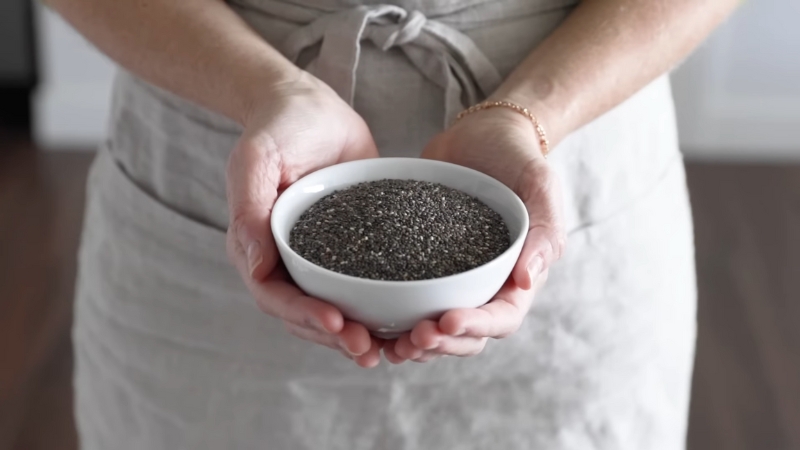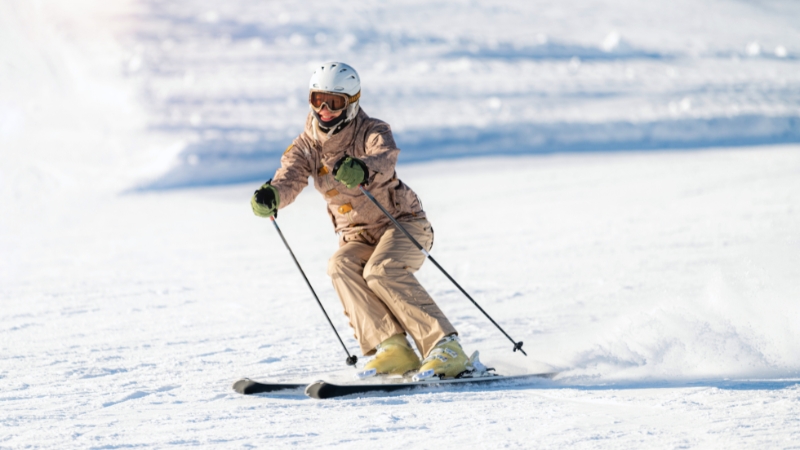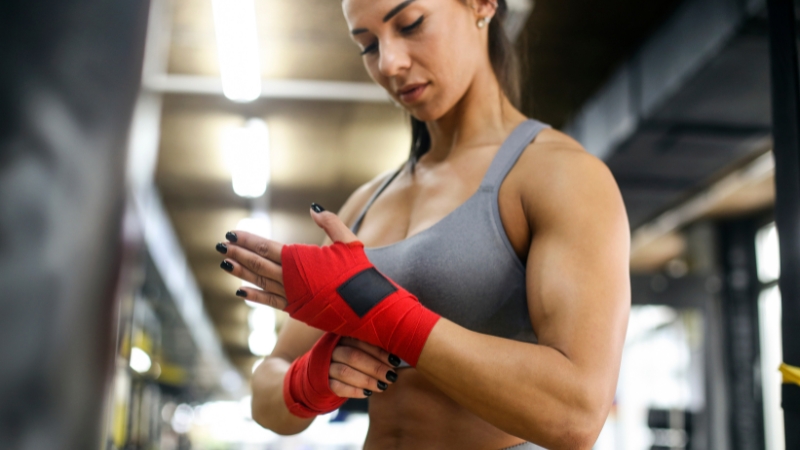
Share Post:
I’ll be real with you: knee pain can feel like the ultimate buzzkill when you’re trying to enjoy a ride.
You push through for the love of cycling, but the dull ache (or sharp stab) can creep in and ruin the fun.
So, how common is it, why does it happen, and what can you do to get back to pain-free pedaling?
Let’s break it down so that you know what to do and whether you should contact a knee pain specialist.
How Common Is Cycling Knee Pain?

A 2017 research shows that around 40-60% of recreational cyclists and 36-62% of professional cyclists deal with knee pain.
The majority report it as mild discomfort (61.6%), but for some, it hits harder—28.7% describe it as moderate.
It can stem from how your bike is set up, your fitness level, or even what other activities you’re doing when you’re not on two wheels.
Where Does It Hurt?
Your knee has four main “zones,” and the pain you feel will depend on where the issue is brewing. Let’s talk about the most common ones:
1. Front and Center (Anterior)
According to a study, pain at the front of the knee happens more often than anywhere else.
It’s usually linked to patellofemoral pain syndrome (PFP) and might feel like:
- A dull ache that gets worse after cycling.
- Pain flaring up during exercise or when you bend your knees.
- Popping or cracking sounds when you move.
- Discomfort after sitting for long periods.
2. Back of the Knee (Posterior)
Pain here is less common, but when it happens, it’s often due to:
- Tight or overworked hamstrings.
- A saddle that’s positioned too high.
- Overextension during pedaling.
This pain can make walking difficult and might even come with swelling.
3. Outside of the Knee (Lateral)
Lateral pain rarely pops up in cycling, but when it does, it’s typically from an impact that pushes the knee inward.
Symptoms include swelling, instability, and pain on either side of the joint.
4. Inside of the Knee (Medial)
Inner knee pain might come from conditions like bursitis or a medial meniscus tear, or it could be from a direct blow to the outer side of the knee. You might notice:
- A snapping or clicking sound.
- Pain during bending or flexing.
- Inflammation that limits mobility.
What Causes Cycling Knee Pain?

A lot of things can mess with your knees, but here are some top culprits:
- Bike Fit: Saddle too high or too low? Pedal-to-saddle distance off? Even a small mismatch can mess with your knee alignment.
- Riding Style: Long, intense rides without building up gradually.
- Shoes and Cleats: The wrong footwear or cleat positioning can throw off your form.
- Weight and Fitness Level: Extra weight or weak muscles (especially the quads and core) can put unnecessary stress on your knees.
- Other Sports or Activities: Cross-training is great, but overdoing it can lead to overuse injuries.
How Do You Fix It?
Start with RICE
This classic approach works wonders for mild to moderate knee pain:
- Rest: Give your knee a break—don’t push through the pain.
- Ice: Apply cold packs for 20 minutes at a time to reduce swelling.
- Compression: Use a bandage or wrap to stabilize the joint.
- Elevation: Prop your leg up to help fluid drain and ease inflammation.
Medication
💊Non-steroidal anti-inflammatory drugs #NSAIDs are among the most commonly used drugs. NSAIDs include nonselective cyclooxygenase (COX) inhibitors (ibuprofen, aspirin, diclofenac, naproxen) & selective COX2 inhibitors (celecoxib, rofecoxib, etoricoxib, lumiracoxib, valecoxib).🧵 pic.twitter.com/8WfkUab4t3
— Dr Melvin Sanicas (@Vaccinologist) April 20, 2020
Nonsteroidal anti-inflammatory drugs (NSAIDs) like ibuprofen can help manage the pain and swelling.
When to See a Physiotherapist
Sometimes, it’s best to call in the pros. See someone if:
- Pain doesn’t go away after a few days of rest.
- Symptoms get worse or include swelling, popping, or visible deformity.
- You can’t put weight on your knee or it feels unstable.
Ways to Protect Your Knees
There’s a lot you can do to keep your knees in good shape. Prevention is easier than recovery, so it’s worth paying attention to:
Get Your Bike Fit Right
Invest in a professional bike fitting if you can. A good fit will consider:
- Saddle height and position.
- Pedal-to-saddle distance.
- Cleat alignment.
- Handlebar reach.
It might cost a couple hundred bucks, but it’s worth it to ride pain-free.
Strengthen Key Muscles
Strong quads and a stable core take the pressure off your knees. Add these to your routine:
- Lunges and Squats: Build strength in the quadriceps.
- Planks and Side Planks: Strengthen your core for overall stability.
Stretch It Out
Tight muscles pull on your joints, so keep them loose with regular stretching. Focus on:
- Hamstrings
- Quads
- Hip flexors
Smart Riding Habits
According to Selene Yeager, a USA Cycling certified coach, building good habits can make a huge difference in keeping your knees comfortable and pain-free.
These simple adjustments and practices can help you ride longer and stronger without nagging joint issues.
Warm Up Before Every Ride

Start with 10–15 minutes of moderate spinning to wake up your muscles and boost blood flow.
A proper warm-up not only prepares your body for the ride but also reduces the risk of sudden strain on cold muscles.
Make it a ritual, especially before intense climbs or sprints, to ease into the rhythm and prevent stiffness.
Mind Your Pedal Stroke
Aim for smooth, circular movements while pedaling to distribute the workload evenly across your muscles.
On climbs, drop to a lower gear to reduce stress on your joints and maintain a consistent cadence.
Practicing controlled pedaling helps prevent jerky movements that could strain your knees and ensures efficiency over long distances.
Build Mileage Gradually
Don’t go from zero to 60 overnight; your knees need time to adapt to increased demands.
Start with shorter rides, gradually increase the mileage, and listen to your body for signs of overuse.
Pushing too hard too soon can lead to inflammation, so pace yourself to allow your joints to strengthen naturally.
Ease Into Equipment Changes

Got a new bike, shoes, or pedals? Take it slow to allow your body to adjust to the new setup.
Even minor changes in gear can alter your posture and muscle engagement, so give yourself a few rides to fine-tune the fit.
Pay attention to any discomfort during the transition, as it could signal a need for further adjustments.
Keep Warm
Cold muscles and joints are more prone to injury, making it crucial to dress appropriately when temperatures drop.
When the temperature is below 60°F (15°C), knee warmers or leggings provide much-needed insulation for your joints.
Riding in freezing conditions without protection can lead to stiffness and long-term issues, so prioritize comfort over style when gearing up.
Final Thoughts

Knee pain doesn’t have to keep you off your bike.
With a little planning, some tweaks to your gear and riding habits, and exercises to strengthen your legs, you can prevent most issues before they start.
But if the pain lingers or worsens, don’t ignore it – get it checked out.
Sources
- PMC – THE INFLUENCE OF EXTRINSIC FACTORS ON KNEE BIOMECHANICS DURING CYCLING: A SYSTEMATIC REVIEW OF THE LITERATURE
- NCBI – Knee problems and its associated factors among active cyclists in Eastern Province, Saudi Arabia
- Bicycling – How to Address Common Causes of Knee Pain While Cycling
Related Posts:
- What to Do When You Don’t Have the Energy to Train?…
- Feeling Bloated at the Gym? Here’s Why It Happens…
- Athlete’s Guide to Pain Tolerance and Injury Recovery
- 7 Effective Home Exercises to Strengthen Your Back…
- Leg Pain After Exercise - Is It Normal or a Red Flag?
- Leg Pain from Poor Circulation? Here Are the…













